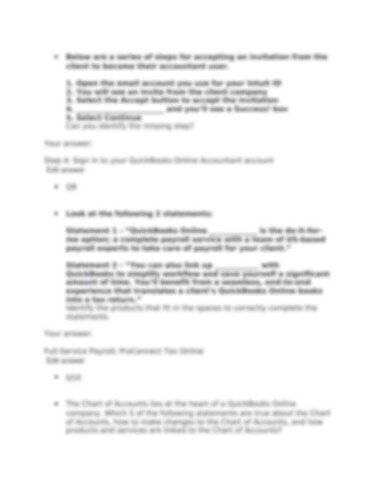Posted by:
Category:
Comments:
Post Date:
Allowance for Doubtful Accounts Journal Entry + Example
Content

GAAP requires the use of the matching principle, which states that expenses must be matched to the revenues they are related to in the same accounting period in which the sale that generated the revenue was made. Let’s consider a situation where BWW had a $20,000 debit balance from the previous period. For the taxpayer, this means that if a company sells an item on credit in October 2018 and determines that it is uncollectible in June 2019, it must show the effects of the bad debt when it files its 2019 tax return.
There are various methods for estimating bad debt expenses for a given accounting period. One is to calculate it as a percentage of sales, based on historical results. If you experience high rates of chargebacks, you should be including them in your bad debt allowance.
Recording a bad debt expense using the direct write-off method
Under this Bad Debt Expense, the bad debts are anticipated even before they occur. An allowance for doubtful accounts is established based on an estimated figure. This is the amount of money that the business anticipated losing every year. In financial accounting and finance, bad debt is the portion of receivables that can no longer be collected, typically from accounts receivable or loans. The IRS defines operating expenses as “expenses that are ordinary and necessary to the operation of the business.” These could include bad debt expenses, but they could not be included.

Using this method, management determines that uncollectible debt can be estimated as a percentage of either sales or accounts receivable based on historical percentages. Once bad debt has been estimated, this method results in a debit, or increase, in bad debt expense, and a credit to an allowance for doubtful account — a provision account that is used to offset accounts receivable. $170Allowance for Doubtful Accounts$17002-Sep-18Allowance for Doubtful Accounts$170Accounts Receivables$170With the write-off method, there is no contra asset account to record bad debt expenses. Therefore, the entire balance in accounts receivable will be reported as a current asset on the balance sheet. This entails a credit to the Accounts Receivable for the amount that is written off and a debit to the bad debts expense account. However, for income tax purposes the direct write-off method must be used.
Company
The tools and resources you need to take your business to the next level. The tools and resources you need to run your business successfully. The tools and resources you need to get your new business idea off the ground.
